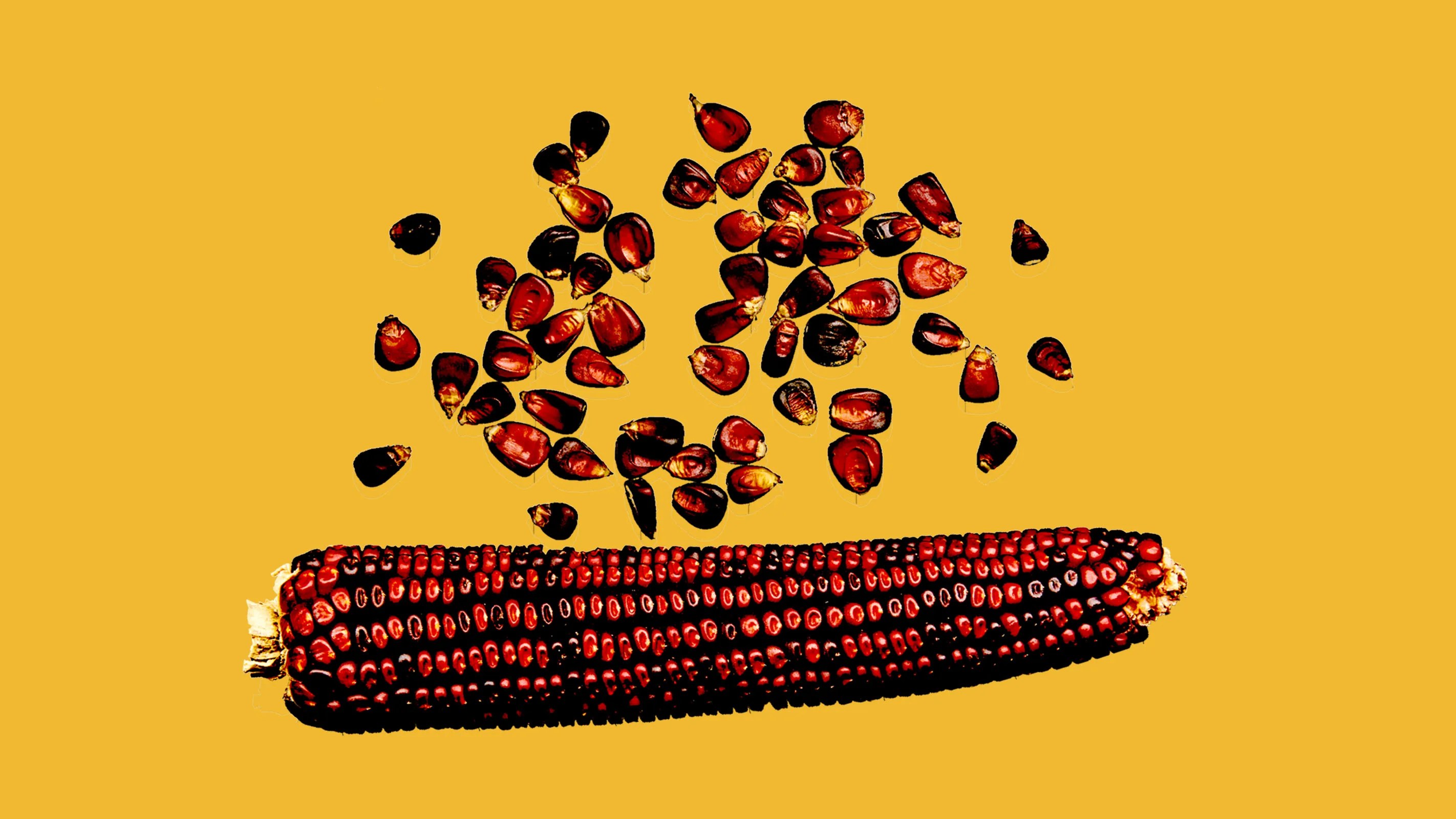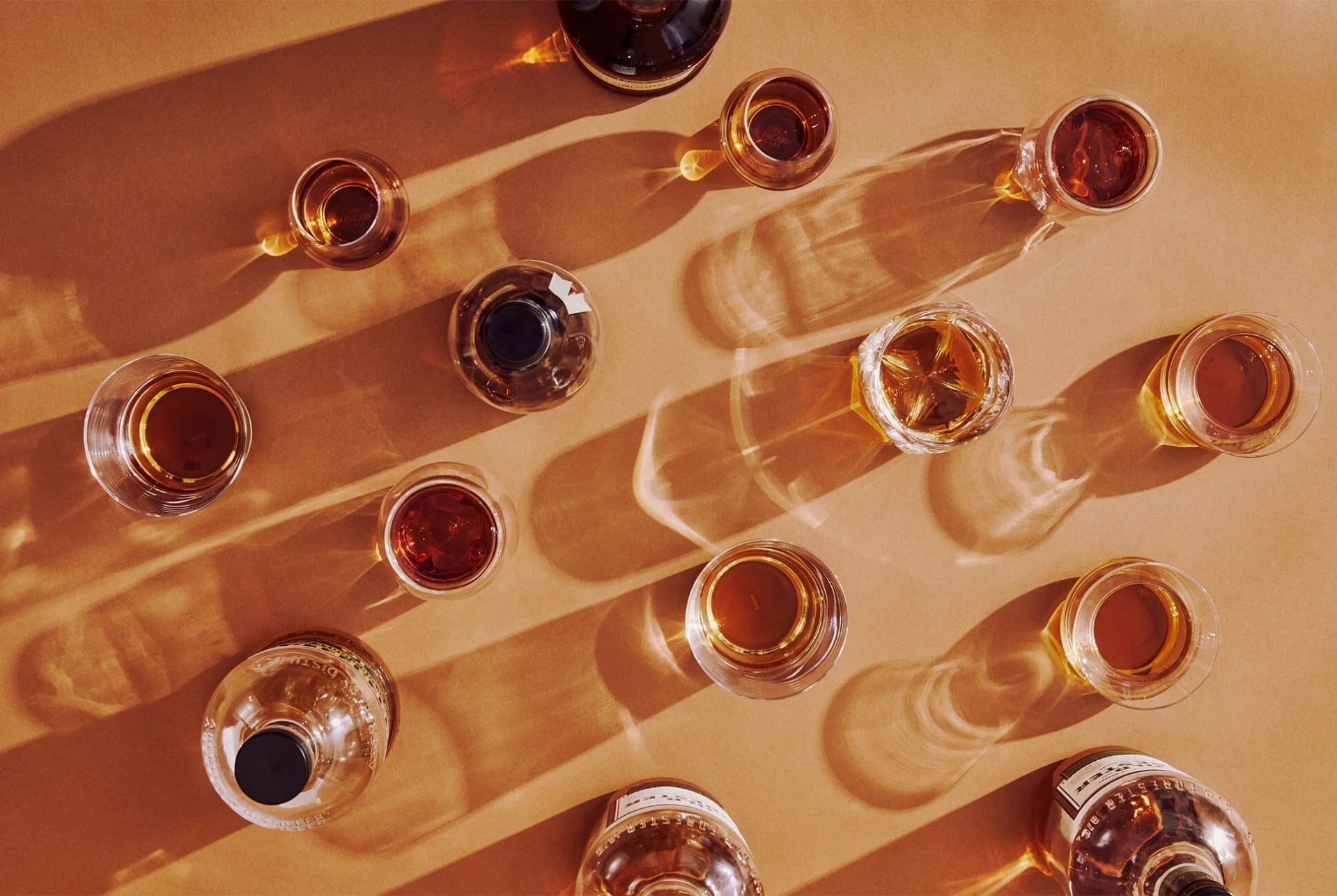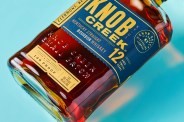Proprietary advantages are rare in the bourbon industry. Compared to at least some other whiskey styles, bourbon’s production requirements are restrictive. They’re also clearly defined under the law, leaving zero wiggled room for differences in legal interpretation.
Remember, for a spirit to be labeled a bourbon in America, the whiskey must be made somewhere in the US from at least 51% corn. It must also age in new charred oak containers. Finally, there are also various stipulations related to proof. Bourbon can’t be distilled at more than 160 proof, barreled at higher than 125 proof, or bottled below 80 proof.

Given the circumstances, distillers and their marketing-minded colleagues deserve plenty of credit. Together, they’ve built a thriving ecosystem of hundreds of brands. And they’ve done it mostly without the luxury of patents and exclusive technologies that entrench competitive advantages across other industries.
But what would the bourbon industry look like if that suddenly changed?
What if, instead of relying exclusively on hooks like secret family recipes and local pure waters, bourbons were further distinguished in tangible ways by brand-exclusive ingredients chosen to match the specific requirements of their master distillers?
The answer to this hypothetical could arrive surprisingly soon thanks to a new movement gaining critical momentum today.
THIS TREND IS NOT LIKE THE OTHERS

New ideas don’t stay novel for long in the bourbonverse. Many are marketing novelties designed to steal attention, if only for a moment. But at least a few have added compelling new layers to the century old product and grown the industry in the process.







